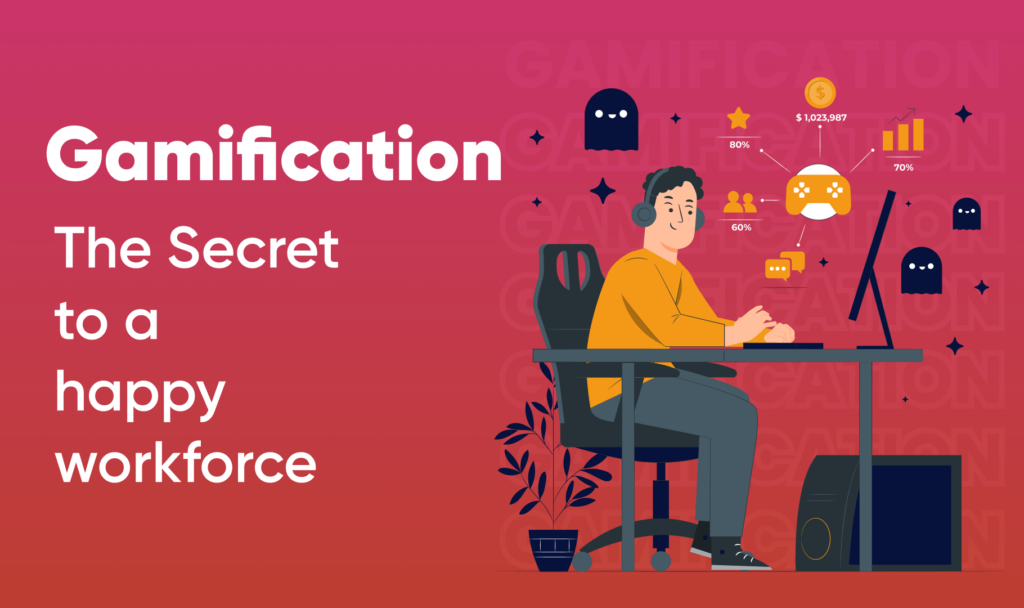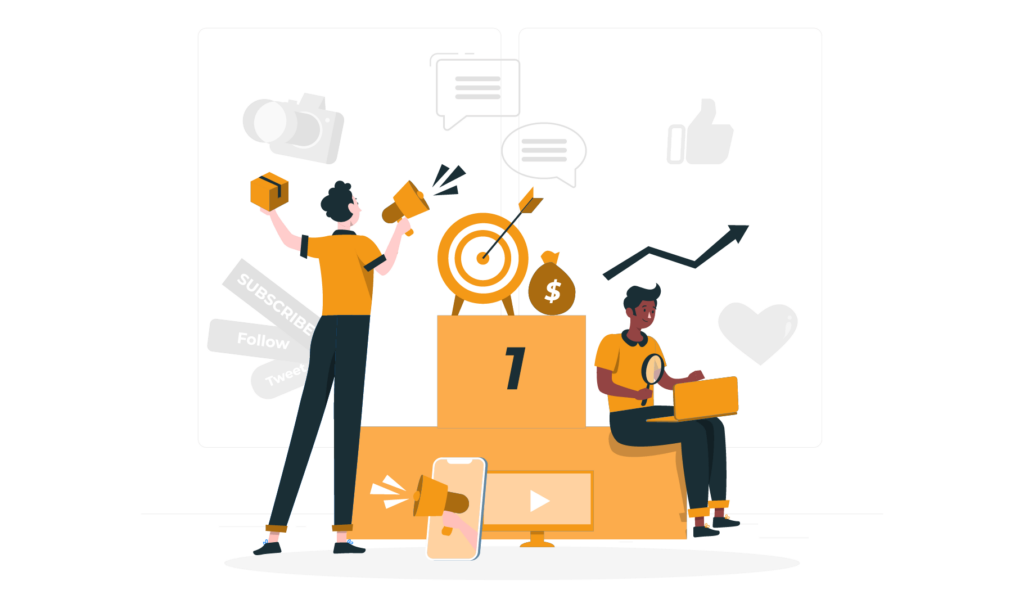Employers who prioritize worker motivation, improved productivity, and employee retention recognize the importance of a content workforce in achieving these goals. To fulfill the innate human desire for feedback, satisfaction, and recognition, gamification technology can be employed to foster employee engagement.
This article will highlight the significant role that gamification tools play in incentivizing employees with realistic rewards that yield long-lasting benefits for both the employees and the organization as a whole.
Gamification can be an incredibly valuable tool for organizations, as proven by the success of those who have implemented it effectively.
Dominos Pizza implemented innovative training techniques that incorporated simulations and gamification to expedite the onboarding process for new hires and increase overall efficiency in the training process.
The senior executive team at Deloitte has successfully implemented gamification strategies to encourage higher levels of participation in their leadership academy.
For those who are just starting out with gamification, this article can provide insight into how personalized incentives can be integrated into a company’s culture to foster a motivated workforce. It’s time to start exploring the possibilities!
The Role of Gamification
Gamification has become an increasingly popular tool for businesses to engage and motivate their customers or employees. It involves incorporating game elements, such as rewards, challenges, and competition, into non-game contexts. The role of gamification is primarily to encourage desired behaviors and increase participation.
By tapping into people’s natural desire for achievement and recognition, gamification can be a powerful tool to drive customer loyalty, employee productivity, and learning outcomes. However, it is important to note that gamification should not be viewed as a one-size-fits-all solution.
It requires careful consideration of the target audience, goals, and game mechanics to ensure effectiveness and avoid potential drawbacks. Overall, the role of gamification is to enhance engagement and motivation in a fun and interactive way.
Popular Types of Gamification
Numerous applications and games are available for employees to utilize to increase their engagement, enhance training and development, and improve teamwork. Some of the most favored options include:
Encouraging employees through peer mentorship and healthy workplace competition can be effective in boosting their motivation levels. Whether it is through gamification or other means, providing rewards and recognition for successful task completion can inspire employees to strive harder and climb up the organizational ladder.
Gamification makes employees happy at work
If you’re searching for a practical solution to improve employee satisfaction, look no further than gamification. By integrating game-like elements into non-game tasks, you can boost employee morale and positively influence their psychological state, level of involvement, and drive to succeed. Want to know how to implement gamification in your workplace? Keep reading.
1. Enhanced social interaction
Enhanced social interaction is a key factor in creating a happy and engaged workforce, and gamification has proven to be an effective tool for achieving this goal.
By incorporating game-like elements into the workplace, such as leaderboards, badges, and team-based challenges, employees are encouraged to interact with one another in a meaningful and collaborative way.
This not only fosters a sense of community and camaraderie among colleagues but also helps to break down silos and promote cross-functional collaboration.
Furthermore, gamification can create a more positive and fun work environment, which can lead to increased motivation, productivity, and job satisfaction among employees.
2. Increased motivation and engagement
A gamification is an innovative approach that involves the use of game mechanics and design elements in non-gaming contexts to achieve specific goals. In the workplace, gamification has been found to increase motivation and engagement among employees, resulting in a happy workforce.
By incorporating game-like elements such as points, badges, and leaderboards, employees are incentivized to complete tasks and achieve goals, leading to a sense of accomplishment and satisfaction.
Gamification also fosters healthy competition and collaboration, promoting teamwork and camaraderie among employees. Additionally, gamification provides instant feedback and recognition, boosting employee morale and encouraging continued participation.
Overall, gamification is a powerful tool that can lead to increased motivation and engagement, ultimately resulting in a happier and more productive workforce.
3. Reduce Stress
It is worthwhile to consider gamifying wellness in the workplace for the benefit of employees and the organization.
Numerous apps are available that focus on both mental and physical health, offering assistance in dealing with issues such as anxiety, stress, and depression.
These apps come equipped with habit-tracking features that aid employees in maintaining positive habits and overcoming negative ones. Additionally, wearables can be utilized to establish personal daily goals and monitor progress made toward achieving them.
The Pokémon augmented reality game garnered widespread popularity for its role in encouraging individuals to stroll, engage with new acquaintances, and explore novel settings. These activities have been scientifically validated to alleviate stress and contribute to an elevated state of well-being.
4. Provide Goals
As previously mentioned, gamification is effective through the alteration of the brain’s reward and pleasure center, leading to enhanced learning and behavior.
The utilization of games that offer either a concrete prize or intangible validation, including constructive feedback, can stimulate the pleasure circuits of the brain, resulting in employees being motivated to sustain behaviors that provide a sense of satisfaction.




